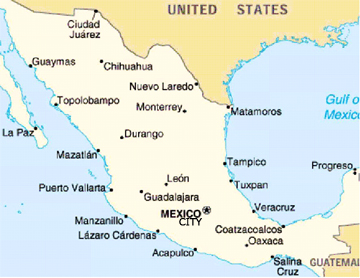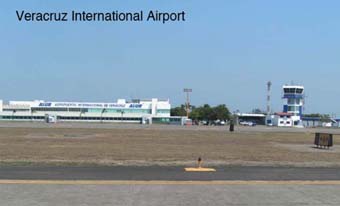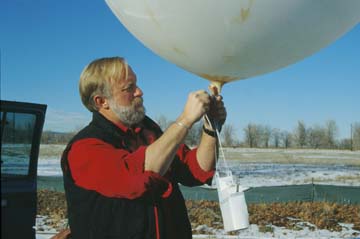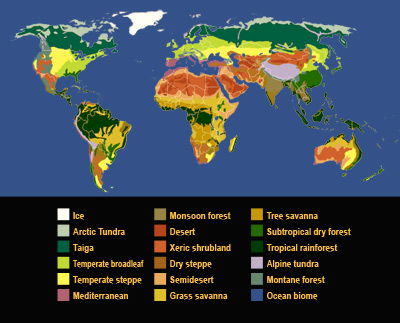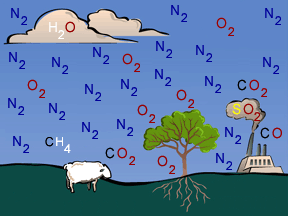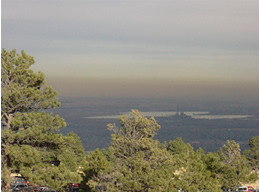Click on image for full size
Introduction to Milagro
MILAGRO stands for Megacity Initiative: Local and Global Research Observations. What that really means is that a team of researchers from around the world is in Mexico City to study the atmosphere there. The MILAGRO field campaign started in March 2006.During MILAGRO, the scientists are using airplanes, radars, weather balloons, computers, and dozens of scientific instruments to study the atmosphere in and around Mexico City. Their purpose is to learn more about the air pollution that is given off by very large cities called megacities.
Air pollution affects visibility, human health, agriculture, and ecosystems. As cities around the world grow bigger than ever before, scientists are discovering that urban air pollution is powerful enough to affect Earth's weather and climate.
The MILAGRO team is focusing on how the air pollution particles released inside Mexico City change as the wind blows them downwind of the city. They also want to understand how chemistry in the atmosphere changes the pollution as it moves away from the city.
The researchers hope they can apply what they learn in Mexico City to other megacities around the world. They chose to hold MILAGRO in Mexico City because it ranks among the world's top three largest cities and has very polluted air.
Many people aren't familiar with field campaigns like MILAGRO. A field campaign is when a team of researchers—usually scientists, technicians, engineers and more—undertakes a large scientific research project in a certain location. Field campaigns can be large, lasting for weeks and involving many different people and different scientific instruments. After the campaign, the researchers often spend months and even years analyzing the data they got during the project.


